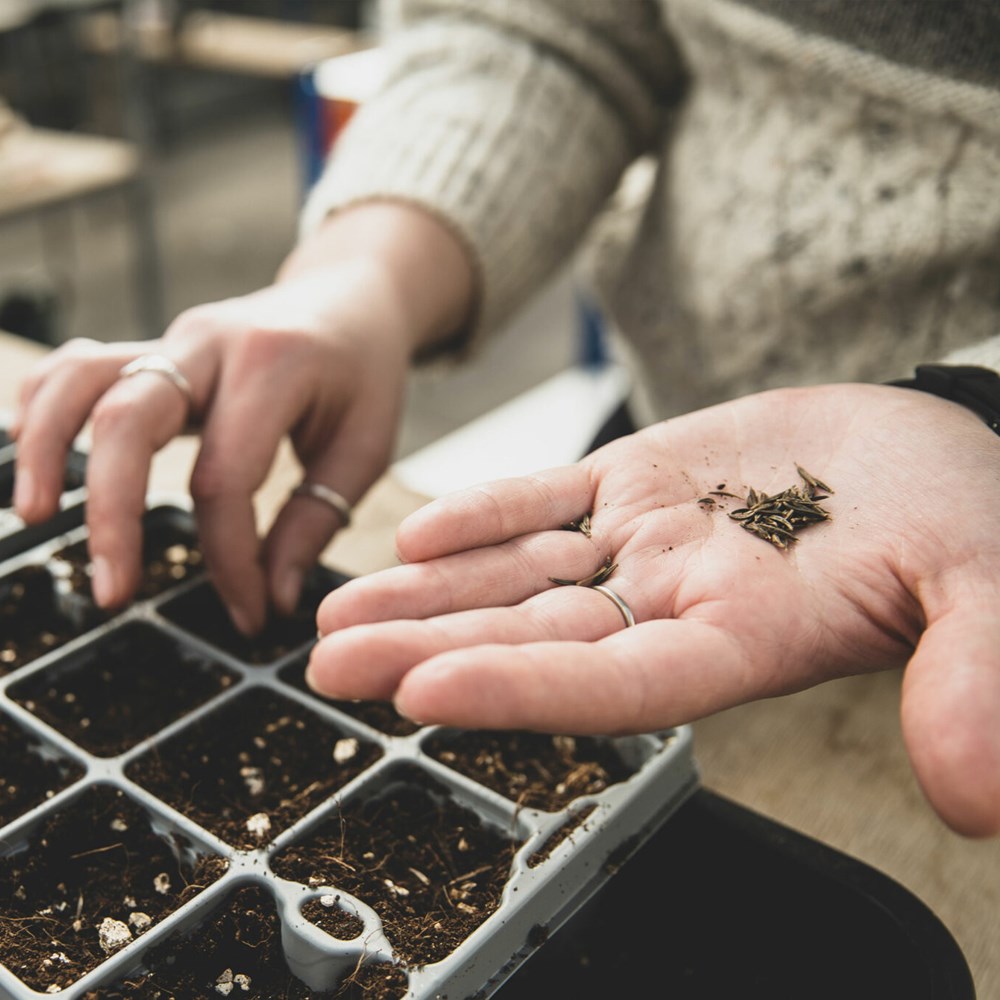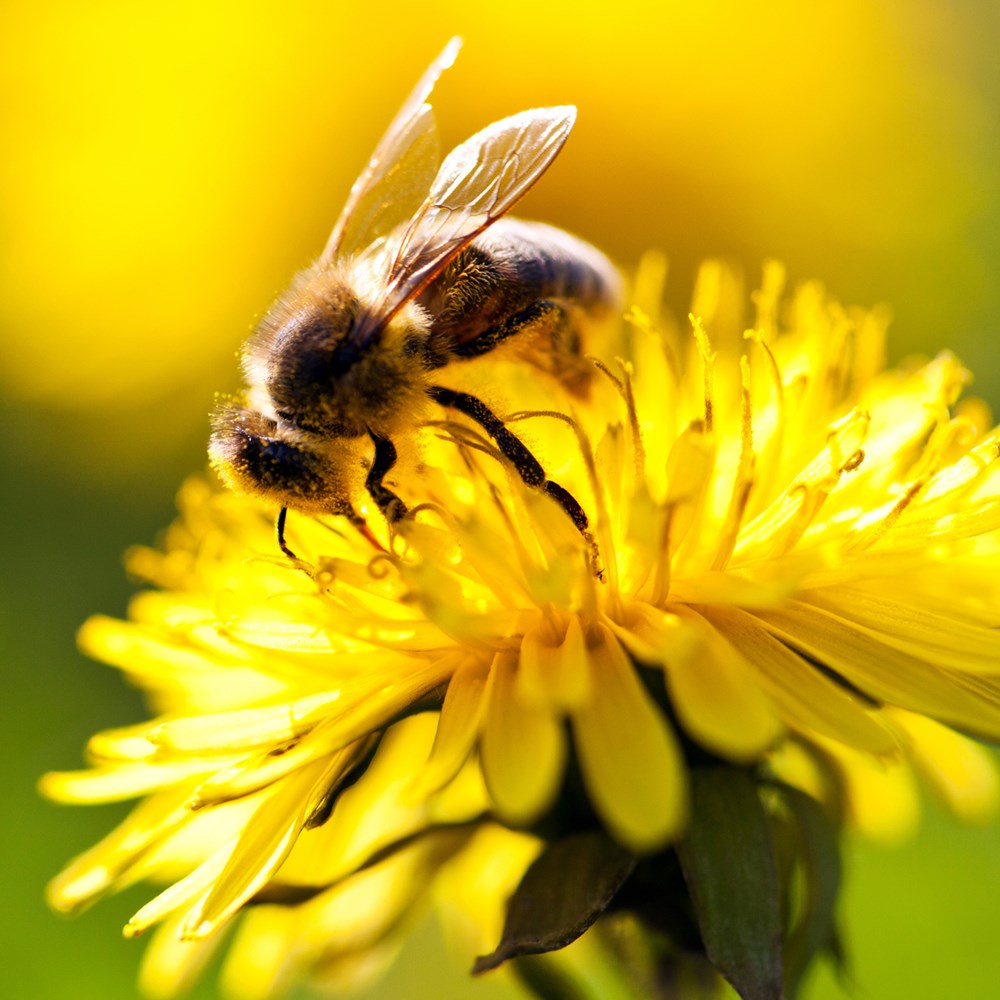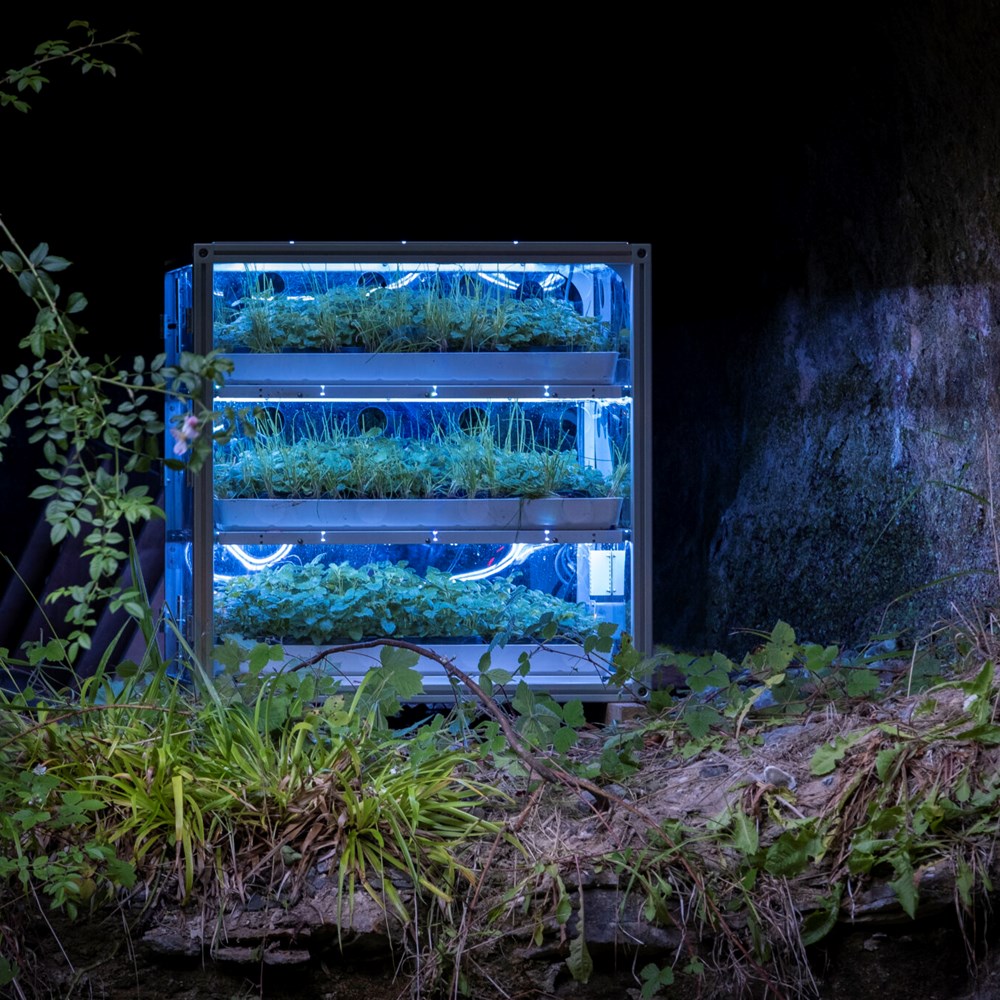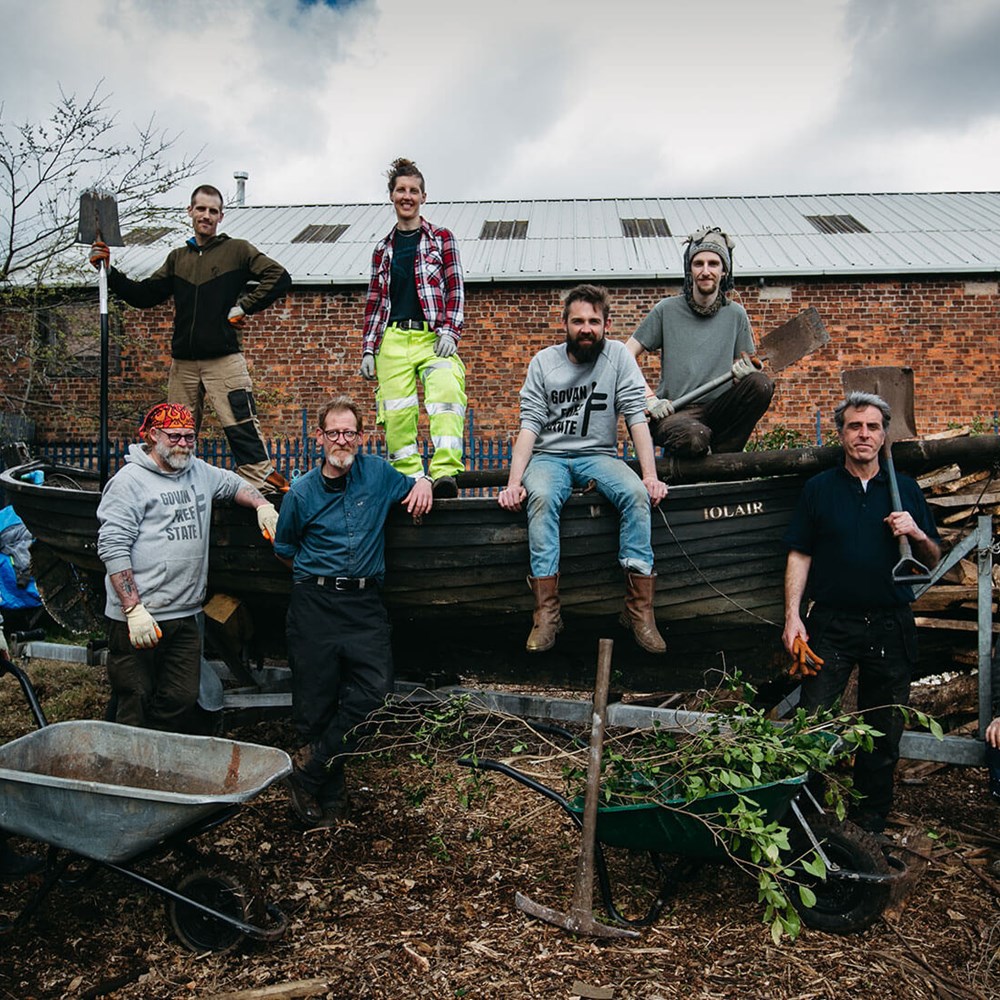In Season: April
In Season is our new guide to what to sow, grow and harvest month by month. If you’ve ever wondered when you can safely plant seedlings outside, which vegetables to sow directly, and what exactly ‘chitting’ a potato involves, this is the place to find out. For now, we’re giving you a flavour of what we’ll be writing about, including a whistlestop tour through the growing year. Read on to discover more.

In Season is our new guide to what to sow, grow and harvest month by month. If you’ve ever wondered when you can safely plant seedlings outside, which vegetables to sow directly, and what exactly ‘chitting’ a potato involves, this is the place to find out. For now, we’re giving you a flavour of what we’ll be writing about, including a whistlestop tour through the growing year. Read on to discover more.
What can I plant?
Whether you’re using yoghurt pots, windowsill planters, or outside in the ground, In Season will help you to plan your growing year.
If you’re wondering where to start, have a think about the food you love now or would love to try. Whatever you choose, nurturing your plants is a great way to connect with the seasons, with nature and to achieve better health.
At Dandelion, we say ‘anything grows’ – and there’s a great range of things you can grow here in Scotland. Think of herbs in a sunny spot as your edible houseplants. Crunchy salad crops, earthy root veg, leafy greens; they’ll all look good and taste great because you’ve grown them.
To give them the best chance of success, In Season will help you to think about the crops and varieties that do well in the Scottish climate. We’ll post month-by-month advice as the seasons progress, along with the Get Growing guides and snippets in Top Tips to keep you on track.
When can I start?
Time things right, and you can be growing all year round.
If you’re taking part in our schools project, you should have received seed potatoes to chit before you plant them out. From February and into early spring, you can start seeds off indoors or in a greenhouse. This gives them a head start while the mornings can still be frosty. For eating now are the last of the winter vegetables and the new rhubarb that’s come into season. April into May is a good time to get started with your crops outside – transplanting the hardier seedlings, direct sowing of kale, carrots, peas and beans, and planting out those potatoes.
Throughout summer, you can enjoy continuous crops of lettuce, spinach and peppery rocket. Soft fruits like strawberries and black currants will be ready to pick. Your peas, beans, courgettes and tomatoes will ripen. And your first potatoes will be ready to dig.
We think of autumn as the traditional harvest time and there’s definitely plenty to pick – including plums, apples, pears and autumn cropping raspberries. Cabbages, cauliflower and the last of the potatoes will also be ready to enjoy, along with the continuous crops and other greens.
If you’ve room to keep, freeze or can your seasonal produce, then you’ll still have treats in store over winter. Apples and potatoes can store well, tomato sauces and herby ice cubes can be made and frozen, or vegetables pickled with spices to pep up a meal.
Where can I get seeds and plants?
Seeds are just tiny little plants, pre-packed with genetic know-how and complete with their own picnic to fuel their early growth. They cost as little as 89p, so are the cheapest way to get growing. You can buy them in your local garden centre, supermarkets, or from online catalogues. Seed swaps and seed libraries, like the Glasgow Seed Library offer seeds for free.
There’s more advice on growing from seed in our Growing section – but if space or time’s limited this spring, you can pick up plug plants from us instead. These young plants have been grown professionally in nurseries, giving you a head start. We’re sowing 80,000 plug plants in Edinburgh this year, so come along to one of our Free For All events, taking place in towns and cities across Scotland, to get yours for free, along with expert advice from the Dandelion team.
Lastly
In Britain, we only grow 16% of the fruit and 54% of vegetables we consume each year*. So, for every pea you produce, you’re a step closer to appreciating the changes we can make towards sustainable, affordable food in this country.
* UK Food Security Report 2021, DEFRA
Author: Helen McMeekin
Explore more

Dandelion Resources
Get growing advice, seasonal suggestions and celebrate the joys of looking after plants.

Dandelion Project
With the aim of re-establishing Harvest as an event on the national calendar, Dandelion brought together community development, horticulture, live music, learning, sustainable thinking and innovative arts practice to support the people of Scotland to sow, grow and share together.

Dandelion Events
Dandelion culminated in in over 500 events as part of the largest-ever creative celebration of Harvest staged across Scotland.

Dandelion Results
Dandelion's Unexpected Gardens sprang up all across Scotland and continue on today event after our programme has ended.
